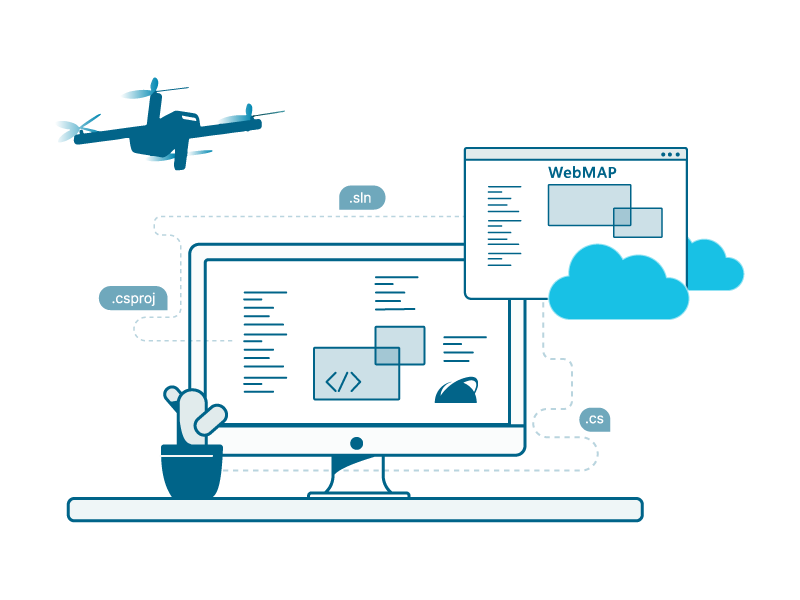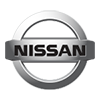Transformation Services
Not Sure Where to Start?
Transformation Services
Not Sure Where to Start?
Transformation Services
Not Sure Where to Start?

Unleash the power and usefulness of your legacy Microsoft Access applications and databases using automated migration tools to convert them to multi-user web applications.
GAP migration software automatically converts Microsoft Access forms and code to HTML and Typescript using Angular and Kendo UI. The database is converted to SQL Server. The business logic runs in ASP.NET Core (using C#). These new apps will work on all modern browsers without the need for any plug-in or browser extension.
While Microsoft Access is suitable for small-scale applications, it has limitations in scalability, security, and integration. Upgrading to modern solutions ensures better performance, improved data handling, and long-term sustainability.
Key Benefits of Converting from Microsoft Access to Modern Platforms:
One of the most common hurdles is data complexity and integrity. Access databases often contain outdated, redundant, or inconsistent data, making migration difficult. To overcome this, conduct a thorough data audit, clean the data, and establish validation processes to ensure accuracy during migration.
Another challenge is application logic migration, as Access applications often have embedded macros and VBA code. Using automated migration tools helps convert this logic to the target platform’s language while reducing manual effort and potential errors.
User resistance is another obstacle, especially when long-time users are accustomed to Access. To address this, involve key stakeholders early in the process, provide comprehensive training, and emphasize the benefits of the new system.
Integration with existing systems can also be challenging, particularly if Access databases are connected to other legacy applications. Mapping out integration points and using middleware solutions can ensure smooth connectivity.
Finally, downtime and data loss risks during migration can disrupt business operations. Mitigate this by creating a detailed migration plan, performing pilot tests, and scheduling the migration during off-peak hours. By addressing these challenges with a structured approach, businesses can ensure a successful and smooth transition to modern platforms.
Here, you can see the architectural transformation that WebMAP for Access creates. Microsoft Access applications contain forms, code, and database elements such as tables and queries. WebMAP converts MS Access forms to HTML objects using KendoUI and custom controls written in Javascript. The code is converted to C# from VBA. Business logic is intact and runs as an ASP.NET Core application server. The database is upgraded to SQL Server.
Step 1: Convert Forms to Modern Web Interfaces
WebMAP converts Microsoft Access forms into responsive HTML objects using KendoUI and custom JavaScript controls.
Step 2: Migrate Code from VBA to C#
The underlying code written in VBA is automatically converted to C#.
Step 3: Upgrade the Database to SQL Server
WebMAP upgrades your Access database, including tables and queries, to SQL Server.
Step 4: Deploy as an ASP.NET Core Application
The migrated application is deployed as an ASP.NET Core application server, leveraging a modern framework that supports cross-platform deployment, high performance, and future scalability.
Cloud application migration tools transform desktop apps.
C# migration tools to take your desktop app to the web with Blazor.
Unlock deep insights into your legacy code with ByteInsight.

Mobilize.Net offers valuable technology and services that help customers easily modernize their legacy applications for use on today’s modern platforms and devices program at Microsoft.
- Shawn Nandi, Sr Director, Cloud App Development, Data & AI Marketing
We were able to migrate our VB6 code to .NET using the VBUC license we acquired through MSDN. After the migration only a few things needed manual modification. So your software did a great job and saved us a lot of time
- JMarco Botermans, Owner - Fluke
“Mobilize.Net has a strong track record of building products that successfully automate challenging source code migrations, and this [product] will empower our customers to get up and running on Snowflake sooner.”
- Chris Degnan, CRO at Snowflake
Mobilize.Net seemed the only one that sorted out the details, not only the basic issues of a migration engagement. Its product, the Visual Basic Upgrade Companion, included unique, powerful features, many of which turned out to be very valuable for this specific project, like ADO to ADO.NET conversion and error handling transformation
- Rod Coles – President, Bold Technologies, Ltd
We ran a proof of concept comparing the Visual Basic Upgrade Companion (VBUC) with other VB6 migration tools and we definitely preferred the way VBUC handled the conversion.
- James Lewis Stevenson II – Software Design Engineer, GT Software





8834 N Capital of Texas Hwy, Ste 302
Austin, TX 78759
Call us: +1.512.243.5754
info@wearegap.com